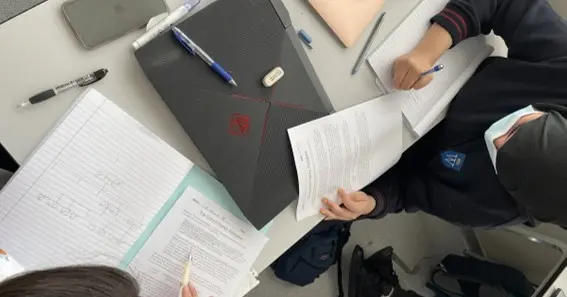The “Judicial Branch in a Flash” is a popular educational resource used to teach the basics of the U.S. judicial system.
This guide provides an answer key to common questions about the judicial branch, covering everything from the roles of different courts to the functions of the U.S. Supreme Court. If you’re studying for a civics exam or just looking to understand the judicial process better, this resource breaks down the complexities into an easily digestible format.
Key Concepts Of The Judicial Branch
1. Levels of Courts in the U.S. Judicial System
The U.S. court system is structured with three main levels: trial courts, appellate courts, and the Supreme Court. Each level has a distinct role in interpreting and applying the law:
- Trial Courts: Handle initial cases involving civil and criminal matters.
- Appellate Courts: Review cases from trial courts, focusing on potential legal errors.
- Supreme Court: The highest court, primarily addressing constitutional matters and serving as the final authority on legal disputes.
2. Role of the Supreme Court
The U.S. Supreme Court has the power to interpret the Constitution and ensure that laws and rulings align with its principles. It selectively hears cases that have broad implications, often involving constitutional rights or significant legal questions.
3. Judicial Review
A crucial function of the Supreme Court is judicial review, the power to declare laws or executive actions unconstitutional. This authority, established by the landmark case Marbury v. Madison, ensures a balance of power between the branches of government.
4. Federal vs. State Courts
The U.S. has both federal and state court systems, each handling specific types of cases. Federal courts address issues related to federal law, while state courts manage cases involving state laws. Some legal matters can fall under the jurisdiction of both systems.
5. How Cases Move Through the Court System
Cases typically start at the trial court level, and if a party disagrees with the outcome, they can appeal to a higher court. This progression can continue up to the Supreme Court, which has the discretion to accept or deny cases.
FAQ
-
What is the “Judicial Branch in a Flash”?
- It is an educational tool designed to provide a quick overview of the U.S. judicial system, covering essential concepts about courts, legal processes, and judicial responsibilities.
-
What topics does the “Judicial Branch in a Flash” answer key cover?
- The answer key includes information on court levels, the role of the Supreme Court, judicial review, differences between federal and state courts, and the process of appealing cases.
-
How does the Supreme Court decide which cases to hear?
- The Supreme Court selects cases that have significant legal or constitutional implications, often choosing those that involve unresolved legal questions or conflicting lower court rulings.
-
What is the difference between a trial court and an appellate court?
- Trial courts hear cases for the first time, while appellate courts review decisions from trial courts to ensure the proper application of the law.
-
How does judicial review affect laws in the U.S.?
- Judicial review allows the Supreme Court to invalidate laws or actions that it finds unconstitutional, shaping the interpretation of the Constitution over time.








